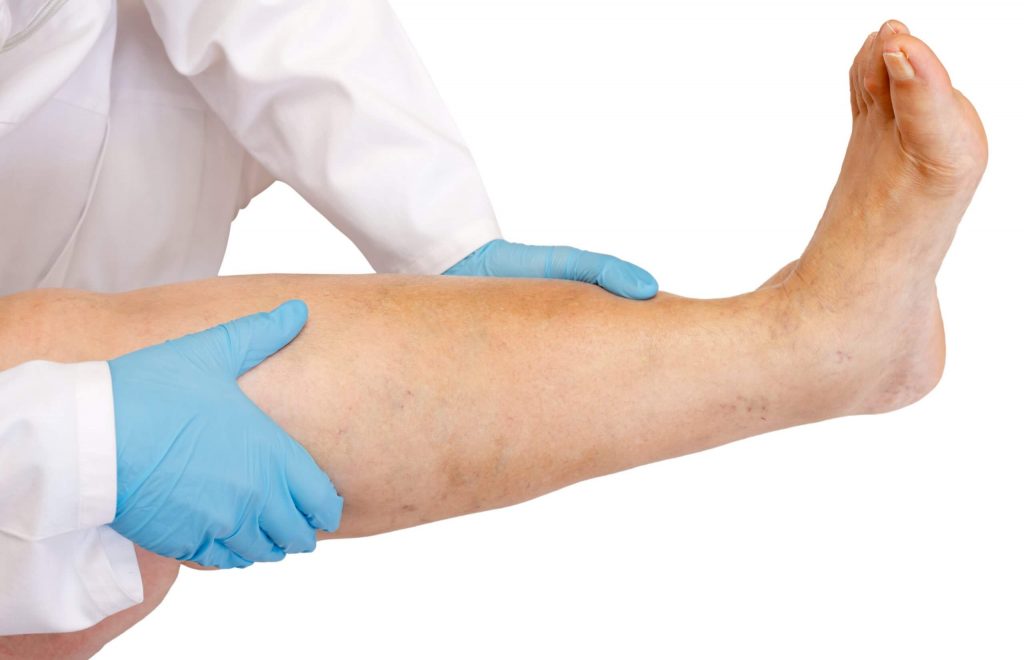Do you experience painful, swollen legs on a regular basis? There are many common causes for this condition, which is referred to as edema in the medical field. Generally, the leading cause is the buildup of excess fluid in the veins due to an issue with the circulatory system.
While there are several causes of edema, one of the most prominent is varicose veins. Varicose veins affect millions of adults each year. Let’s explore what these veins are, what causes them, and how you can treat the resulting edema.
What Are Varicose Veins?
Varicose veins are characterized by the swelling and enlargement of the veins, typically in the lower extremities, when they begin to have difficulty recirculating the blood that travels down to them. If you spot dark blue or purple veins in your thighs, calves, ankles, or feet that appear close to the surface and slightly raised, you’re likely dealing with varicose veins.
Aside from the physical symptoms and effects of varicose veins, many people who suffer from them are concerned with their aesthetic appearance. The veins can appear dark and bulky on the lower extremities.
Causes and Symptoms of Varicose Veins
We can often attribute the development of varicose veins to genetics, as the condition can be passed down from parent to child. However, many other causes of varicose veins and edema have nothing to do with a genetic predisposition. Below are a few such instances of varicose veins; we also cover some of the common symptoms of this vein disease.
Pregnancy
Pregnant women often experience varicose veins and swollen ankles and feet due to the increased blood flow throughout their bodies. Another contributing factor is that the uterus can often add pressure to some of the surrounding veins, slowing circulation and causing varicose veins.
Manual Labor
Additionally, people who work an active job or spend several hours per day on their feet are at higher risk of developing varicose veins and edema. That is because overactivity can reduce the effectiveness of blood circulation within your lower extremities, causing it to pool in the veins in your legs and become swollen.
Heart Disease
Heart disease and poor circulation are other common causes of varicose veins. If you have an unhealthy heart, your circulatory system begins to struggle at some point. That means the veins in the lower extremities will have difficulty recirculating blood to the heart—they must fight gravity to do so.
Varicose Veins Symptoms
Some of the most common symptoms of varicose veins include:
- Edema (swelling)
- Dark-colored and often raised veins in the lower extremities
- Burning sensations in the legs and feet
- Aches
- A sense of heaviness in the legs
Varicose veins and the edema they cause can vary in severity depending on your genetics and lifestyle. However, if you think you may be suffering from varicose veins in any capacity, it’s essential to discuss it with your doctor.
What You Can Do to Help Edema
If you experience severe symptoms like chest tightness, dizziness, or fainting, make sure to seek emergency care right away. However, if your varicose veins are simply an aesthetic concern or causing you daily pain, we can help! Contact us at the New York Metropolitan Vein and Aesthetic Center to begin the journey back to a full, healthy life.


